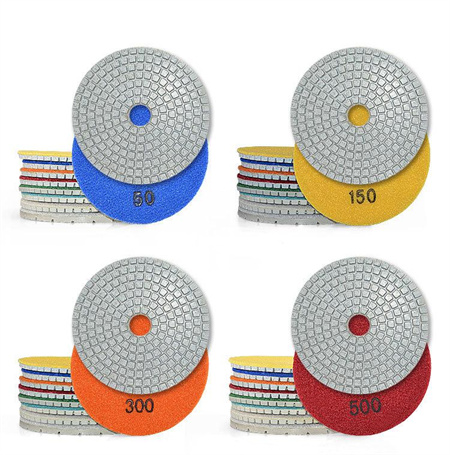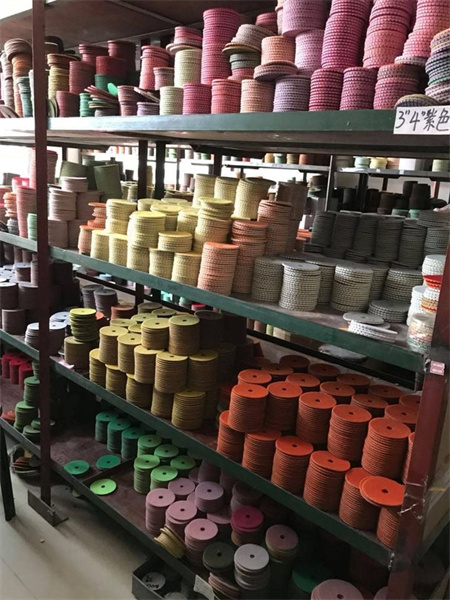Exploring Innovations in Pad Bonding Technology
Pad bonding technology plays a crucial role in the world of semiconductor packaging, enabling the secure and reliable connection between microelectronic components. As the demand for smaller, faster, and more powerful devices continues to rise, innovations in pad bonding are reshaping the landscape of electronics manufacturing. From consumer gadgets to cutting-edge medical devices, advancements in this field are driving efficiency, durability, and performance.

Flip-chip bonding has emerged as a game-changer in the industry. Unlike traditional wire bonding, where the wire is bonded to the surface of the semiconductor, flip-chip bonding involves flipping the chip upside down and connecting it directly to a substrate using solder bumps. This method reduces the length of electrical paths, which improves signal integrity and decreases power consumption. The reduced package size also allows for more compact designs, a crucial factor in the modern push towards miniaturization. As the demand for high-performance, space-saving devices grows, flip-chip bonding technology has become an indispensable tool for manufacturers.

Another exciting innovation is the use of nano-bonding technologies. By leveraging nanotechnology, researchers are developing bonding techniques that operate at the atomic level, providing unprecedented precision and strength. These advancements are enabling the creation of smaller and more powerful chips with enhanced performance characteristics. Nano-bonding can help reduce the footprint of semiconductor devices while maintaining or even improving their electrical properties. This cutting-edge approach not only improves the efficiency of the bonding process but also opens the door to entirely new possibilities in device design.
The introduction of automation into pad bonding processes has also significantly impacted the industry. Automated bonding systems, powered by artificial intelligence and robotics, have revolutionized production lines, improving speed, consistency, and accuracy. These automated systems can perform precise pad-to-pad alignments and apply optimal pressure during bonding, reducing the risk of human error and ensuring a higher yield rate. The integration of AI into these systems also allows for real-time quality control, detecting defects before they become a problem and ensuring that only the highest-quality components make it to market.

The future of pad bonding technology looks incredibly promising. As researchers continue to push the boundaries of materials science, nanotechnology, and automation, we can expect even more breakthroughs that will lead to faster, smaller, and more efficient semiconductor devices. With the rapid pace of innovation, the potential for pad bonding technology to revolutionize industries like telecommunications, healthcare, and automotive is vast. These innovations are not just transforming the way devices are made; they are also laying the groundwork for a future where smarter, more connected technologies can continue to enhance our daily lives.
As the electronics industry continues to evolve, staying on top of the latest trends in pad bonding technology will be crucial for manufacturers looking to remain competitive. The continuous development of faster, more efficient, and environmentally friendly bonding techniques will be key drivers of success in the years to come, ensuring that tomorrow’s electronic devices are more reliable and capable than ever before.